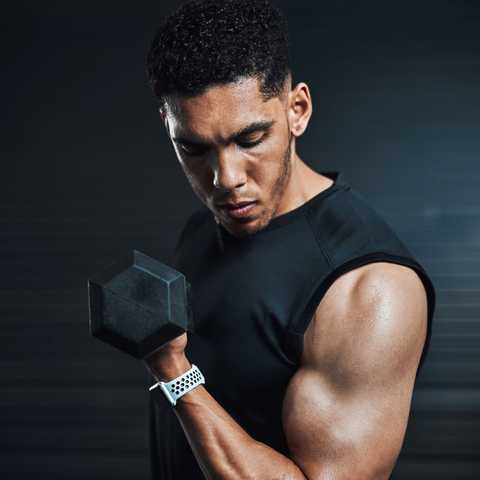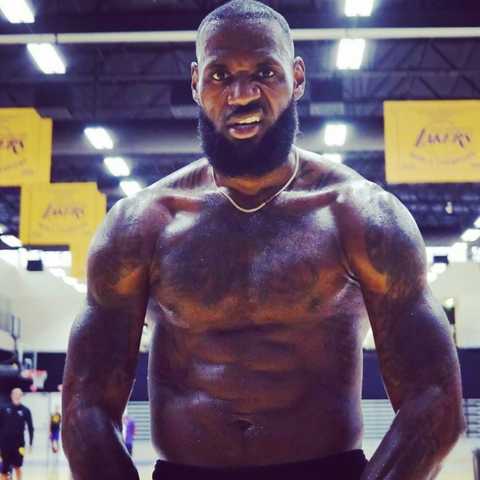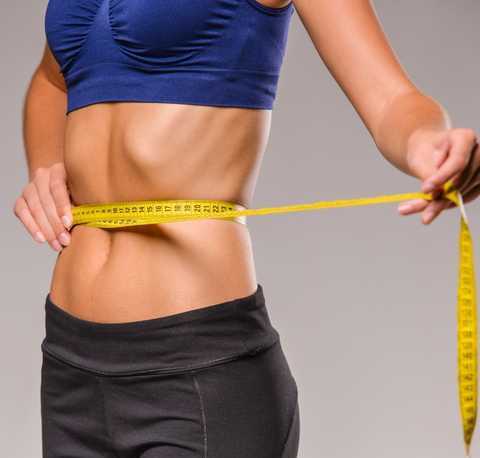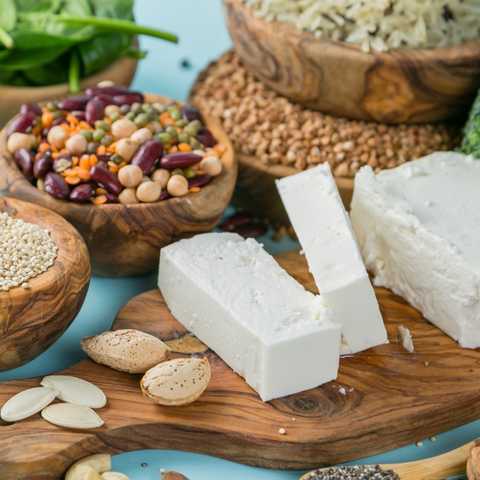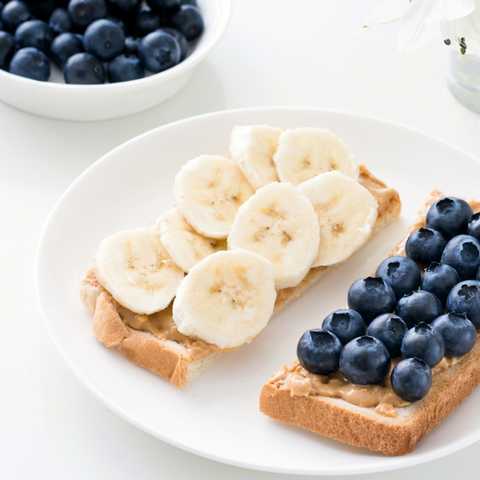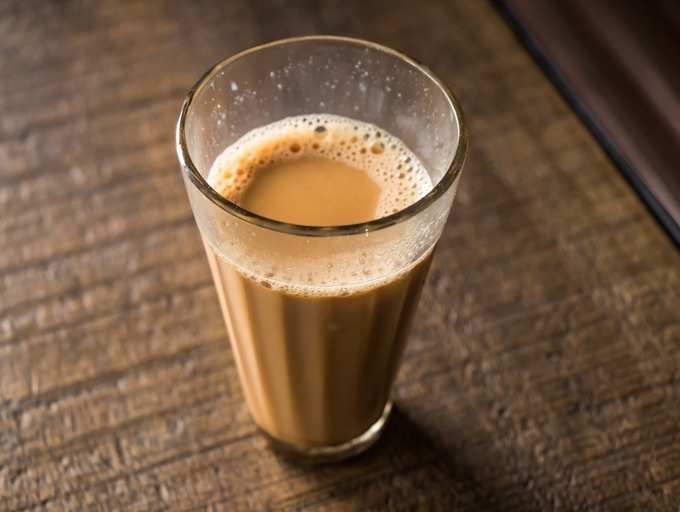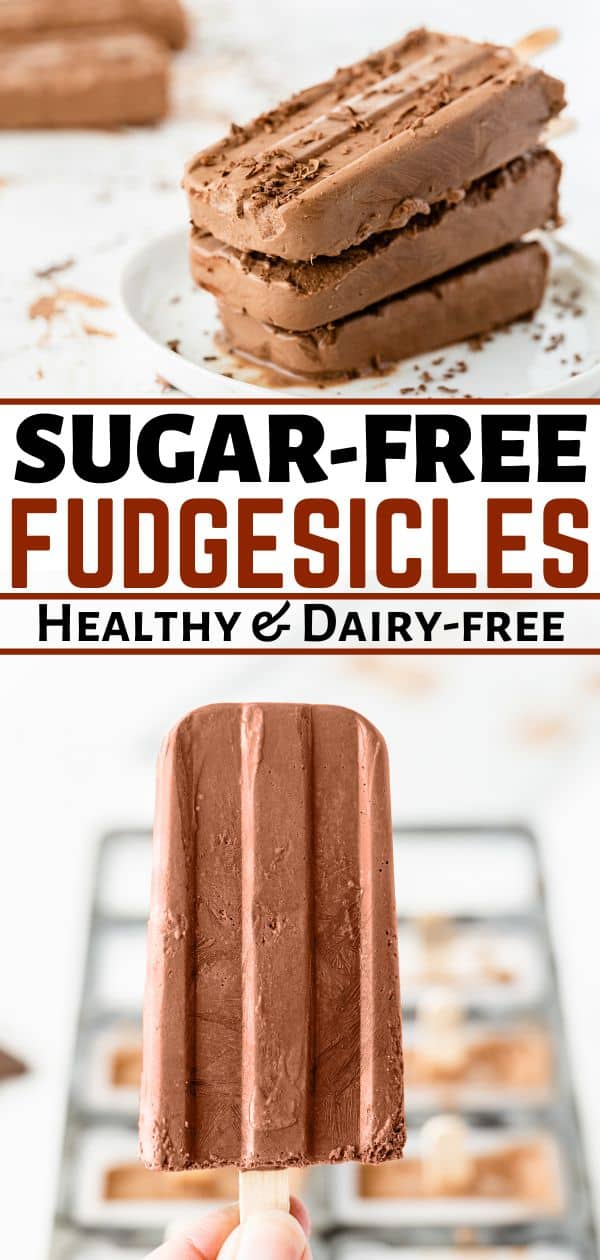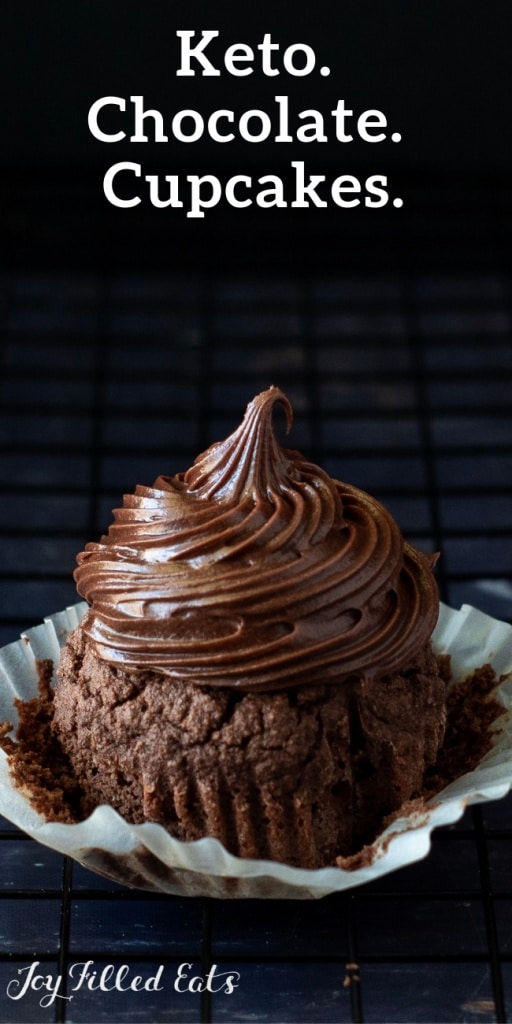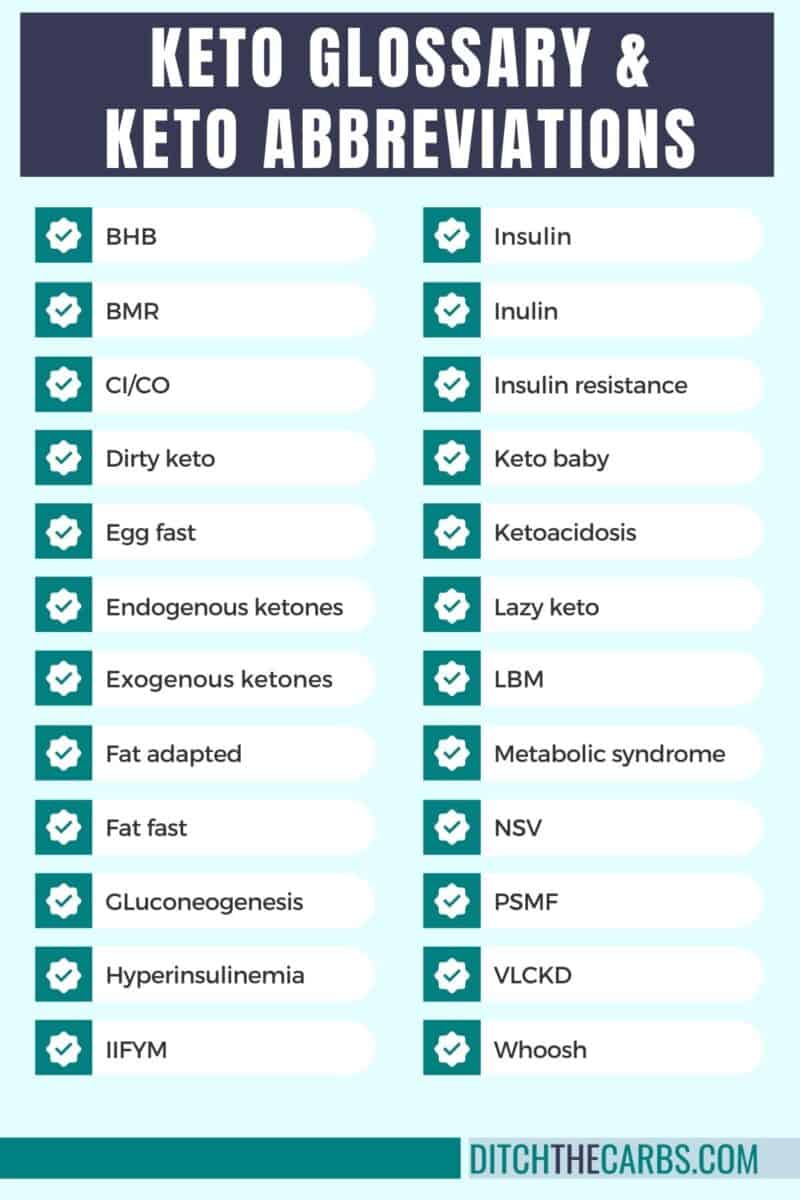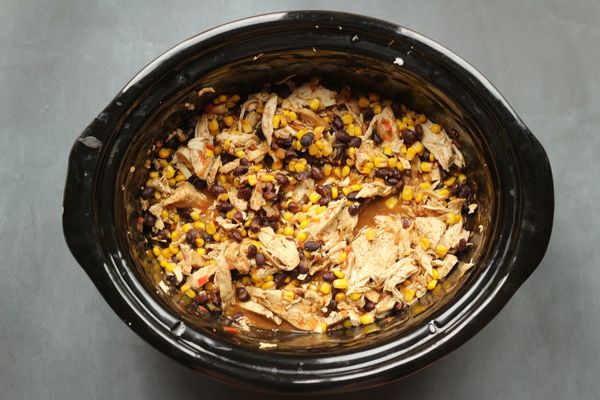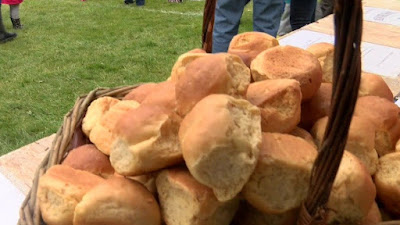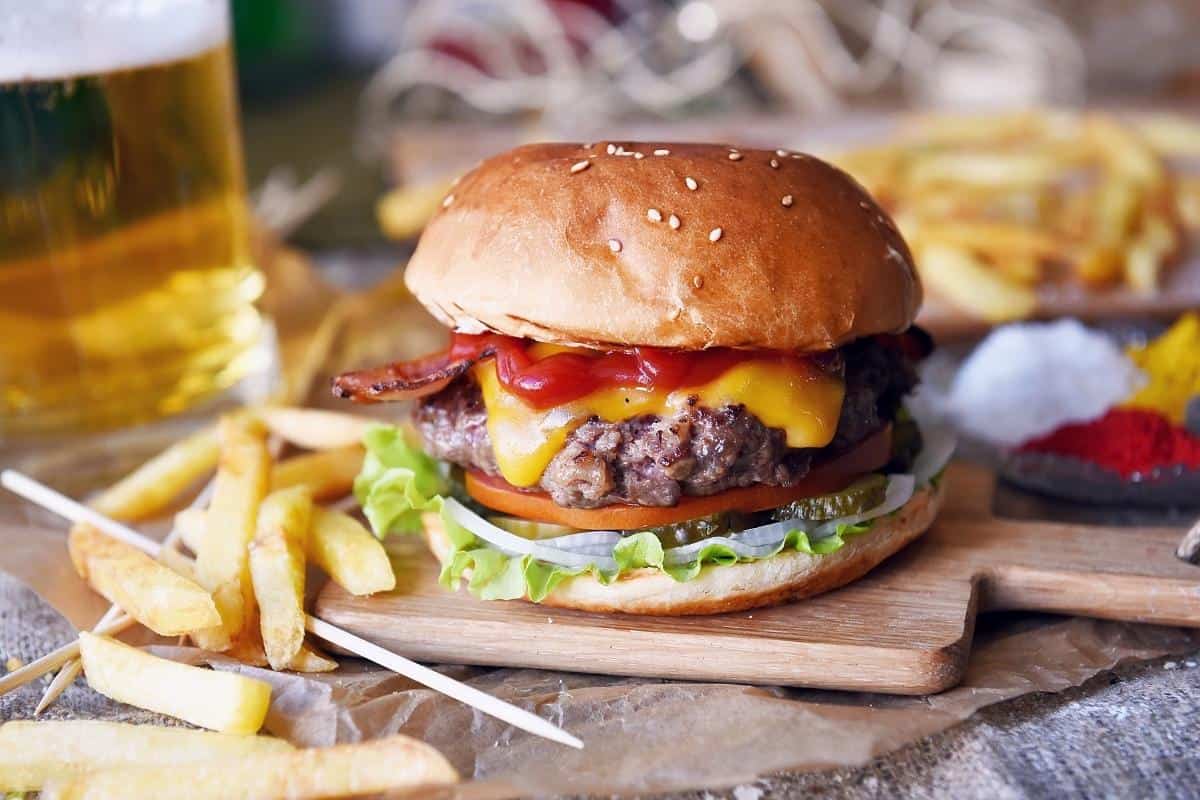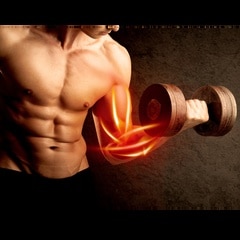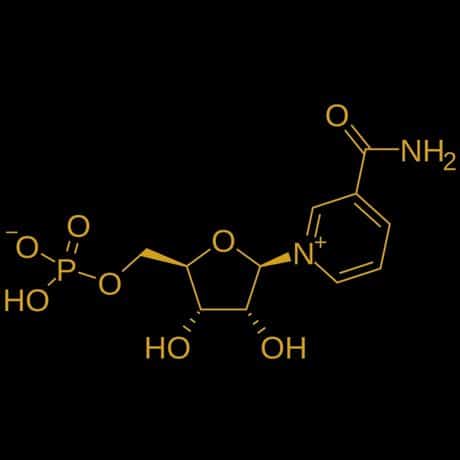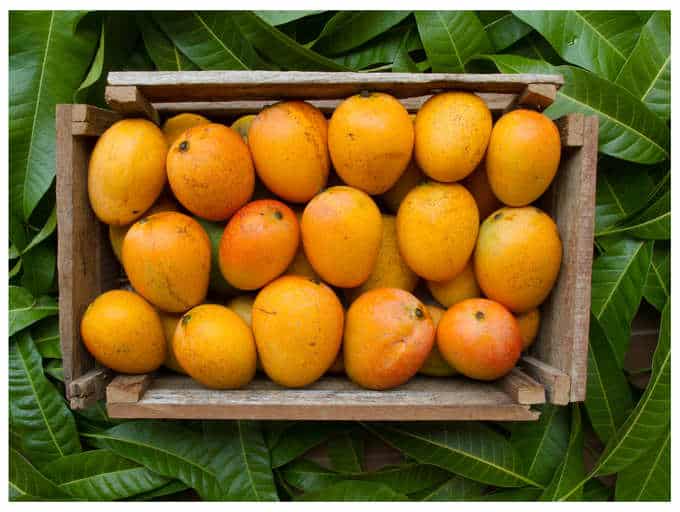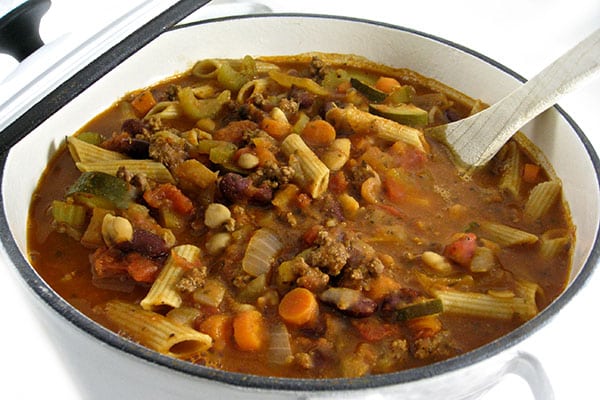Choose the right diet and you can successfully pack on muscle or lose weight. But pick the wrong one, and you’re putting your hard-earned muscle and physique at risk.
One such diet that has the ability to spark both fear and curiosity in lifters is, perhaps, one of the most controversial diets around. We’re talking about keto, a low carb, high fat diet that has gained attention in both the fitness world and biohacking sphere.
The ketogenic diet has several very promising benefits, but the main question many lifters’ have about it is whether you can gain muscle on it. And that’s what we’re about to answer!
This article will look at how well the ketogenic diet is for building muscle and discuss strategies that will help lifters make gains while on it.
Table of Contents:
- Can You Build Muscle on a Keto Diet?
- Is Building Muscle on Keto Hard?
- How To Build Muscle on a Keto Diet
- Sample Keto Diet Meals For Building Muscle
- FAQs
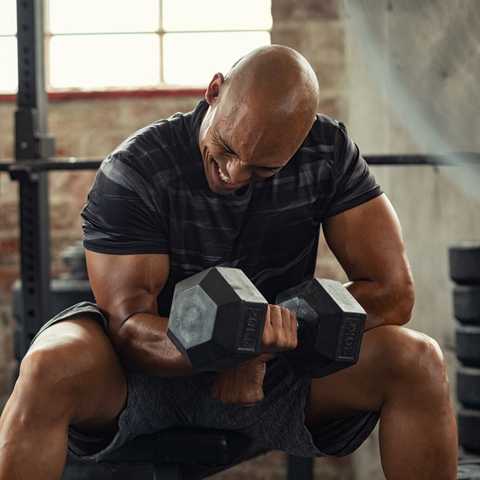
Can you build muscle on a keto diet?
The big question on every lifter’s mind is: Can you build muscle on keto?
Taken at face value, the answer to this question is yes, you can build muscle on keto. But, when you think about it, you can build muscle on just about any diet, so perhaps that’s not the best question to ask.
The real question to ask is: Is the keto diet good for building muscle?
And the answer to that question is: No, similar to other elimination diets like the carnivore diet, keto isn’t the best diet for building muscle. While we all know that protein intake is crucial for optimal muscle growth, carbs have been found to also play a pivotal role in the anabolic process and muscle protein synthesis.
Interestingly, researchers still aren’t entirely sure why resistance training stimulates muscle growth to a lesser degree when following keto.
Studies have shown that when bodybuilders follow an ultra-low-carb diet such as keto, there tends to be a disruption during the anabolic process. As a result, muscle growth is attenuated and blunted¹.
Now, this doesn’t mean bodybuilders shouldn’t use keto. It just means they shouldn’t use it to build muscle during a bulking phase. But, for lifters following a cutting workout, keto may actually be the best diet around².
Is building muscle on keto hard?
Building muscle on keto is challenging. As we just discussed, the lack of carbs disrupts the muscle growth process. Therefore, following the standard keto diet can make building muscle an uphill battle.
In an effort to circumnavigate this issue, some people have tweaked the traditional keto diet to optimize it for bodybuilding and athletes. One of these versions is known as the targeted ketogenic diet.
The targeted keto diet will allow slightly higher carbs, as long as they are consumed no more than 30 minutes before intense activity. The idea is that you eat more carbs but then burn them off immediately with your activity. As a result, you have more fuel for your workout split, increasing your chances of adding mass, without being kicked out of ketosis.
While this theoretically makes sense, no studies exist that fully prove this. But, it’s certainly worth trying. If this is something you’d like to experiment with, utilize keto strips to test your blood levels to ensure you remain in ketosis.
Start slow when you increase your carb intake to see how your body reacts.
How to build muscle on a keto diet
If you do decide that something like the targeted keto diet is the right choice for you when trying to build muscle, here are some helpful guidelines and tips to follow.
1. Follow Keto Rules:
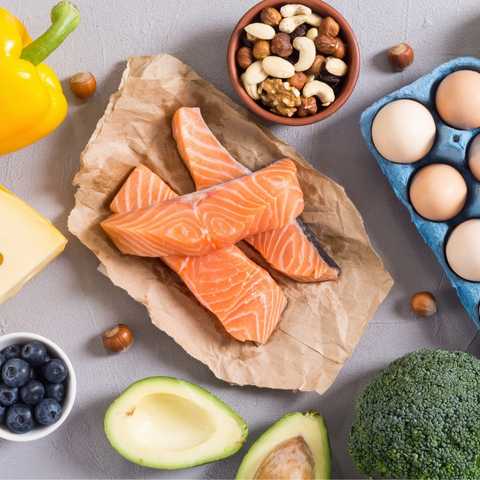
The main rule of the keto diet is to keep your carb intake very low so that you can stay in ketosis. This is generally around 5-10% of your total calories, and athletes should be safe toward the upper end of that range.
Your fat and protein intake then make up the rest. Protein intake has traditionally been set at 20%, with fat at 70-75%3. However, as a bodybuilder, you may make it more of a high protein diet by increasing your protein up to 35% and dropping your fat as low as 60%. Again, you will need to experiment with these numbers, and consistently check whether you are in ketosis as you do so.
If low carb isn’t something you can stick with, keto likely isn’t the best diet for you. Check out our article on keto vs paleo to see how the two compare and get a perspective on another potential diet option available to you.
It’s crucial to know that you can not cheat on keto! Keto is unique in that for it to work, your body must make a metabolic shift.
Being on a keto diet means that you’re in ketosis. If you are constantly being kicked out, you’re not really on a keto diet, and you won’t see the benefits.
In addition, try to consume most of your carbs around your workout. You may even want to consider using a targeted keto diet. This allows you a few more carbs but requires you to eat them within 30 minutes of high-intensity workouts.
2. Consume The Best Keto Diet Foods:
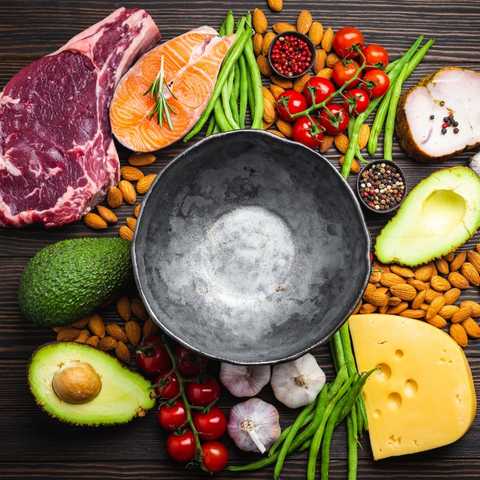
There are many awesome foods to eat on the ketogenic diet. Some of our favorites include:
- Bell Peppers
- Grass-Fed Beef
- Ground Turkey
- Beef Jerky
- Eggs
- Salmon (And Other Fatty Fish)
- Cheddar Cheese
- Kale
- Spinach
- Mushrooms
3. Take Supplements:

As the ketogenic diet almost completely removes an entire macronutrient, you’ll need some special supplementation. Here are some of the most important supplements you’ll need to take when on the ketogenic diet.
- Creatine: When on keto, you’ll likely be working in a much lower rep range than a bodybuilder following a traditional bodybuilding diet. Therefore, you’ll want to make sure that your creatine stores are full. In reality, it’s a good idea for everyone to use creatine as it can help everybody gain muscle3. But for a bodybuilder on the ketogenic diet, a good creatine supplement plays an even more critical role in muscle growth.
- MCT Oil: MCT oil stands for medium-chained triglycerides and is a vital fueling supplement for those on the keto diet. MCT oil is transferred through the body more effectively and faster, and as a result, it can be very effective at boosting energy when in ketosis4.
- Sodium: Sodium is a crucial mineral that’s involved in numerous processes. However, keto followers are notorious for having low sodium levels, which can cause an array of problems, with the most famous one being the keto flu, a term that describes the flu-like symptoms that can affect a person when they first start the ketogenic diet. It’s believed that one of the main contributors to this is low-sodium levels. Himalayan salt or sea salt is very popular amongst keto veterans as they tend to be able to be absorbed much quicker than other types of salt.
- Vitamin C: Due to the lack of carbs in a keto diet, you will miss out on many nutritional foods5. For this reason, you must take vitamins to ensure adequate intake. One of the best vitamins for muscle gain that you miss out on when on keto is vitamin C.
Other vitamins you’ll also need to keep a close eye on include potassium, magnesium, calcium, B vitamins, and iron.
Use supplements for muscle gain and overall health as needed. You may even want to check your blood work regularly at first to measure your vitamin levels and identify issues with your current regimen. You can then adjust as necessary.
4. Follow The Correct Macros & Calories For Muscle Building on Keto:

The one truth that remains, regardless of what diet you’re on, is you must control your calories. If you were to compare multiple popular diets in terms of calories consumed and weight loss, they’re not that much different from one another6.
In other words, if you get in a caloric deficit of 500 calories a day for one month, you’re going to see the same weight loss if you’re following the ketogenic diet, the paleo diet, or any other weight loss diet.
Step one is to calculate your total calorie expenditure, which is how many calories you burn in a day. It’s easiest to just use one of the many calorie calculators you can find online. From here, you have three options, depending on what you want to do with your weight.
To maintain weight, keep your calorie intake as is. To increase lean mass, get into a 300-500 caloric surplus. And, for fat loss, aim for a 300-500 caloric deficit.
Now that you have your total calories, it’s time to touch on counting macros. You’ll need to determine your macro split. Your 3 macros and their accompanying calorie count are as follows: Fat: 9 calories, Protein: 4 calories, and Carbs: 4 calories.
The following can be the possible range for your percentage of calories. For example, if a macro says 5-10%, this means you should get 5-10% of your total calories from that macro.
- Fat: 60-75%
- Protein: 20-35%
- Carbs: 5-10%
As an example, let’s use a 70/25/5 breakdown with a 3,000-calorie intake.
- Fat: 70% X 3000 calories = 2100 calories –> 2100 calories/ 9 calories = 234g of fat
- Protein: 25% x 3000 calories = 750 calories –> 750 calories/ 4 calories = 187.5g of protein
- Carbs: 5% x 3000 calories = 150 calories –> 150 calories/ 4 calories = 38g of carbs
5. Use The Right Training Technique:

Effective training on the ketogenic diet won’t look like your traditional bodybuilding training. Under normal circumstances, most of your training should be in the 8-12 rep zone, which is ideal for muscle hypertrophy.
However, this ventures into the glycolytic system, which studies have shown are impaired on keto due to the lack of carbs7. Therefore, you won’t be able to train hard enough at this level.
Instead, you should focus on working in the strength spectrum with loads >85%, performing 5 reps or less.
During these lower rep counts, your body uses the phosphagen system, which relies on creatine stores 100%. In other words, your energy level shouldn’t be affected, especially to the same degree as the glycolytic system.
In addition, stick to bigger compound movements. Remember that your main goal should be to build strength, as hypertrophy is much more difficult. Therefore, concentrate on compound exercises that allow you to safely use these heavier rep ranges.
We like the concept of training for hypertrophy off keto (with carbs) and training for strength while cutting on keto (preserving muscle).
6. Focus on Recovery:

Sleep! You need to focus on muscle recovery regardless of what type of diet you’re on, as you place a great deal of stress on your body with weight training. Do not skimp on rest, as sleep is the most important factor when it comes to recovery.
In other words, it doesn’t matter how much you stretch or how long you sit in an ice bath if your sleep sucks. Nothing is going to make up for poor sleep.
7. Bonus Tips:
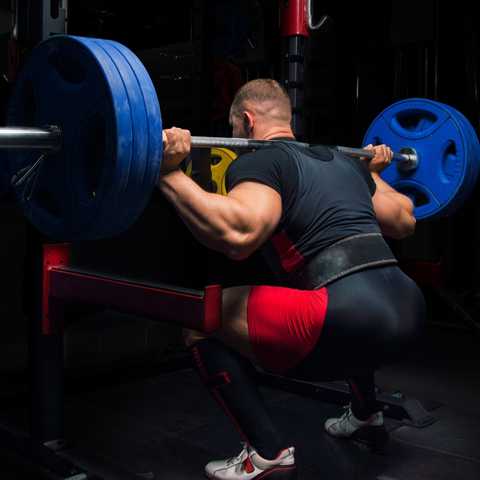
The first thing you need to do before you even start a keto diet is to buy keto strips and become familiar with using them. As you’ll likely be maximizing your carb intake, you need to know if you’re getting kicked out of ketosis.
Increase your sodium intake to help avoid any keto flu symptoms, and remember to train for strength, as opposed to muscular hypertrophy, when you’re following a keto plan.
In terms of a training split, we like the 4-day split best as it gives you the most amount of recovery available. At the same time, you can maintain sufficient frequency for training.
In terms of food, one trick is to save most of your carb intake for pre and post-workout. This could potentially help with muscle growth.
Sample Keto Diet Meals for Building Muscle
Just because you’re drastically reducing your carbs, doesn’t mean you can’t have delicious meals. Here is a day’s worth of muscle building meal options to consider when trying to add mass on keto.
For an entire week’s worth of eating ideas, check out our Complete Keto Bodybuilding Guide & Meal Plan!
| Breakfast: |
3 Egg Omelet w/ Cheddar Cheese, Spinach, & Bacon |
| Lunch: |
Salmon Filet w/ Avocado & Cream Cheese |
| Dinner: |
Bell Peppers Stuffed with Grass-Fed Beef |
| Snack: |
Beef Jerky |
Pro Tip: To ensure you’re hitting your protein goals, we highly recommend investing in a good low-carb protein powder.
Building Muscle on Keto FAQs
For any remaining muscle building keto questions you may have, here are some frequently asked questions and their answers.
Can I do keto without losing muscle?
Yes, you can follow a keto diet without losing muscle tissue. Studies have shown that the ketogenic diet can preserve muscle mass better than a traditional western diet.
Can I build muscle and lose fat at the same time on keto?
No, you cannot build muscle and lose fat at the same time. Building muscle and losing fat simultaneously is a very difficult process, and typically the only group who has luck with body recomposition in this way are beginner trainees. And as building muscle is very difficult with keto, losing weight at the same time is likely impossible.
Can I get ripped on keto?
Yes, you can get ripped and shredded on keto. Since your body is highly fat-adaptive in ketosis, your body’s ability to break down body fat into fatty acids for fuel shouldn’t change. As a result, you can lose body fat while you maintain lean body mass for a chiseled physique.
How to avoid losing muscle on the keto diet?
Simply following the keto diet and being in ketosis preserves lean body mass. In other words, if you’re in ketosis, it doesn’t seem you need to take other steps to avoid losing muscle. Consider also increasing your protein intake, but be sure to check the level of ketone bodies in your blood as you increase your protein.
Can you get Stronger on the Keto Diet?
Yes, you can improve your muscular strength on the keto diet. Strength works with a completely different set of physiological symptoms than muscle growth. Apart from the initial period where you adapt to keto (the keto flu), there’s a better possibility of getting stronger on keto rather than seeing muscle growth.
Do bodybuilders do keto?
Over the past few years, the keto diet has started to be used by bodybuilders during their cutting phases. However, it’s not a popular year-round choice as it’s more difficult to gain muscle mass when following low carb diets.
How long will it take to see results on the keto diet?
The time required to see weight loss results when following the keto diet varies greatly. But, followers have reported changes in their body weight after just one week. Keep in mind this typically refers to losing weight rather than gaining muscle.

Ready to start the keto diet?
Even though the ketogenic diet offers several solid health benefits, if you’re looking for significant muscle growth, this is probably not the best diet for you.
Alternatively, if you simply want an effective way to maintain muscle mass while losing weight, ketogenic diets have shown promise in mitigating the loss of lean muscle mass while in a calorie deficit.
Keep in mind that if you decide to try keto, you’ll need to fully commit. You can’t half be in ketosis. You either need to be fully in, or it’s not worth doing.
But if you do go all in and your goal is to get lean and shredded, keto will definitely deliver.
For lifters looking for more information on the keto diet, be sure to check out our Complete Keto Bodybuilding Guide & Meal Plan. Packed with tons of useful information, the best foods to eat, and a week’s worth of meal ideas, this comprehensive guide will help kick-start your keto regimen.
